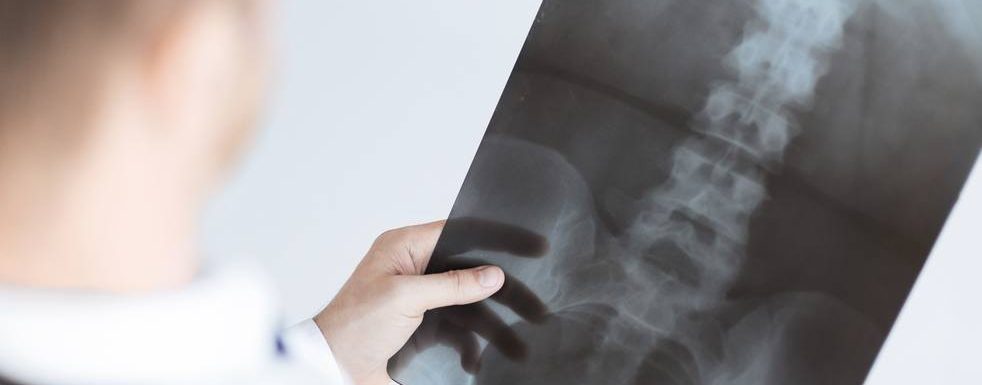To treat herniated discs, doctors usually recommend a combination of medications and therapy. In cases when traditional treatments don’t work, the problem can be dealt with surgery. The surgical procedures can be invasive and noninvasive, and throughout this article, we’re going to discuss the latter.
Microdiscectomy (microdecompression)
Microdiscectomy is a non-invasive spine surgery procedure performed on patients with a herniated lumbar disc. The operation is usually recommended for individuals who experienced leg pain as a consequence of a herniated disc for more than six weeks without improvement through traditional treatments.
Although minimally invasive, the operation is very efficient. According to the Spine Institute of San Diego, the success rate of microdiscectomy is 90% to 95%. Only 5% of all patients who undergo this surgery might develop a recurrent disc herniation at some point in the future.
How is microdiscectomy performed?
The operation requires an outpatient setting; meaning the patient can go home the same day. To do the procedure, the surgeon uses general anesthesia – you’re unconscious during the entire operation and unable to feel anything.
Unlike open surgeries which are invasive and require big incisions, microdiscectomy is performed through a small incision in the midline of the lower back region. The approximate length of the incision is 1 inch to 1 ½ inch.
Then, the spine surgeon will:
- Lift the back muscles (erector spinae) off the bony arch (lamina) of the patient’s spine
- Enter the spine by removing the membrane over the nerve roots (ligamentum flavum)
- Use either operating glasses or microscope to visualize or enlarge the affected area
- Probably remove a small portion of bone that protects the nerve root
- Use a scissor-like tool to remove herniated tissue, thus relieving pressure on the nerve
- Close the incision
Because almost all ligaments, joints, and muscles are left intact, the procedure is highly unlikely to alter the mechanical structure of the lumbar spine area.
Recovery
Following the procedure, the patient enters the recovery stage. During the recovery period, the patient has to go through physical therapy, avoid driving or sitting for a prolonged period, as well as to stay away from lifting heavy objects or any activities that add pressure to the lower back area.
Since microdiscectomy is non-invasive, the recovery time is shorter than in invasive surgery. Typically, it takes about six weeks to achieve full recovery.
Are there any risks regarding the surgery?
Every procedure, regardless of how invasive or non-invasive it is, carries certain risks. Naturally, it doesn’t mean the patient will experience any of the following complications:
- Infection
- Bleeding
- Dural tear (cerebrospinal fluid leak)
- Nerve root damage
- Bowel/bladder incontinence
- Recurrent disc herniation
Bottom line
Herniated disc is a condition that usually requires standard treatment in the form of medications and physical therapy. In cases when these treatment options don’t help, the surgery poses as the last resort. The back operation for this problem can be invasive and non-invasive. The article discussed non-invasive option, which is effective in 95% cases.

Leave a Reply